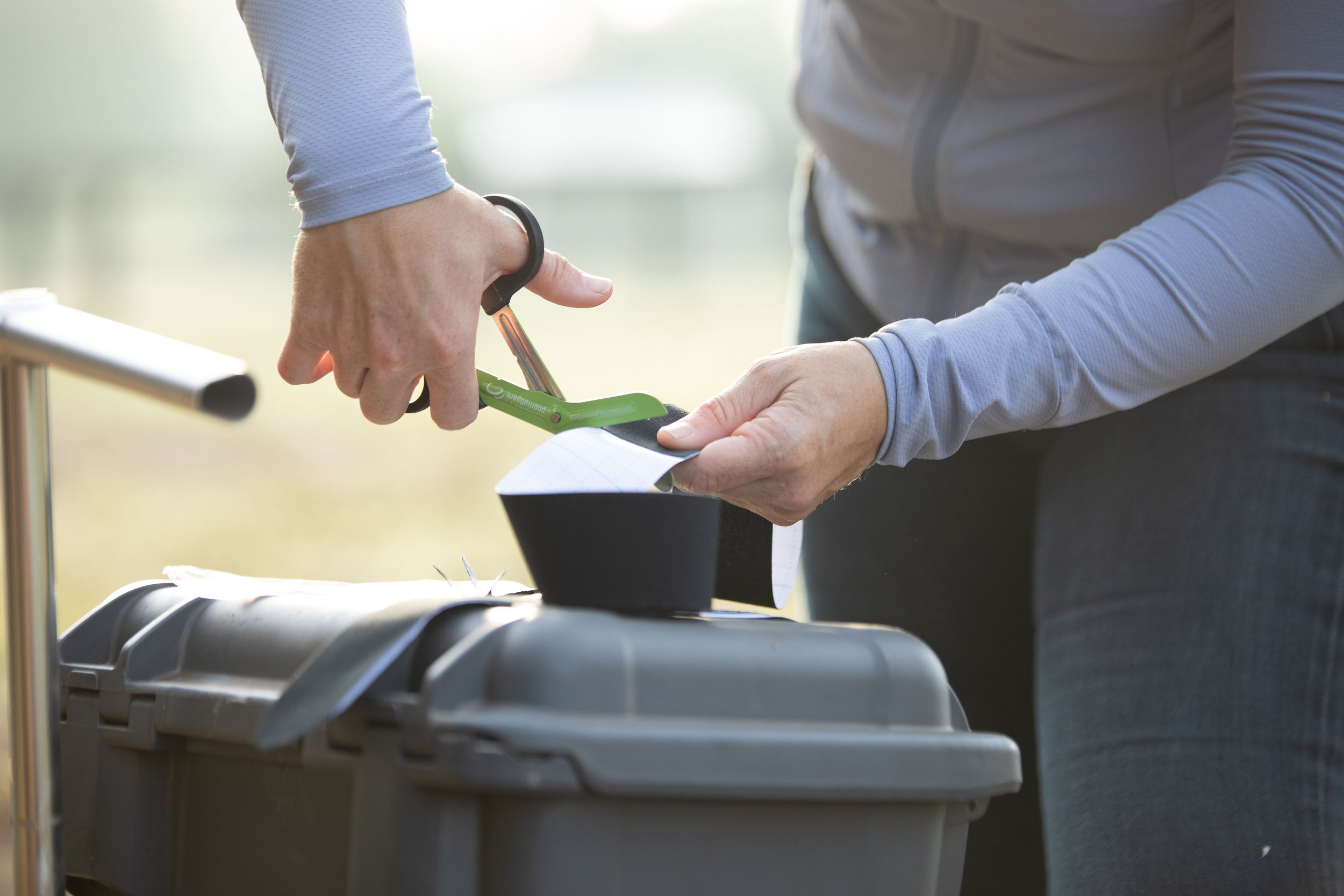
Kinesiology Taping
-
What are the benefits of Taping?
Improves proprioception
Minimizes pain
Supports the body (joint, muscle etc.)
Decreases fatigue
Increases lymphatic flow
-
Where can tape be applied?
There are multiple techniques for tape application. Some of the most common are:
Muscle applications
Circulation applications
Fascia applications
Edema applications
Joint support applications
-
How does tape Support over used or injured muscles?
Tape assists the muscle in either contracting or relaxing (depending on the application used) by:
Reducing muscle tension and cramping
Preventing over-extension and over-contraction
Reducing fatigue and preventing re-injury
-
How does tape improve circulation?
Lifts the dermal and fascial layers to create interstitial space
Creates osmotic pressure that facilitates fluid flow
Creates drainage pathways in the subdermal layers
Massages fluid along these created pathways
-
How does taping help with joint problems?
Stabilizes the ligaments and tendons that support the joint
Prevents adhesions from forming during healing that result in a limited movement of the joint (achieved by allowing the full range of motion to be reached)
Reduces swelling
Aligns proper support for the use of the joint and supporting structures during healing
-
How does tape reduce pain?
Relieves tension and stress in over-used or cramped muscles
Improves circulation which reduces the swelling, and therefore built-up pressure
Facilitates normal motion and prevents re-injury or mis-use injuries
Tendons & Ligaments – This application supports injured tendons and ligaments without limiting motion. By supporting strained or torn fibers during healing we facilitate proper alignment. When the tape is applied over the injured area, the mechanoreceptors in the skin or joint capsule are stimulated and influence the golgi organ. The brain receives these stimuli as proprioceptive stimuli. The goal of the tape is to create mechanoreceptor and golgi tendon organ input similar to when the horse was injured. The brain then responds to these signals, sending impulses for normal, not protective, movement of the limb or structures.
Circulatory / Lymphatic Application – This application promotes fluid and blood flow between tissue layers; it reduces edema and decreases the temperature of the inflamed tissue, as well as pain reduction therefore promote healing. The tape is applied to swollen areas as overlapping, waving strips. The overlapping tape tails allow for a multi-directional pull in the soft tissues every time the horse moves. This forces the body to pull the edema through the tissues to reduce the inflammation. By reducing the fluid the inflammatory pain caused by the increased swelling is also reduced.
lets get slightly more in-depth on a few applications …
Muscle Applications – This application helps to release trigger points, mitigate fatigue, add support and assist with proprioception, pain as well as relaxation. The tape is applied parallel to the muscle fibers allowing proper communication with the nervous system. The nervous system is then able to use the information provided as it needs to. If a muscle needs support for a contraction or trigger point release, tape has the ability to be beneficial up to two centimeters away.





